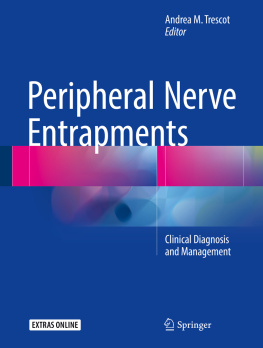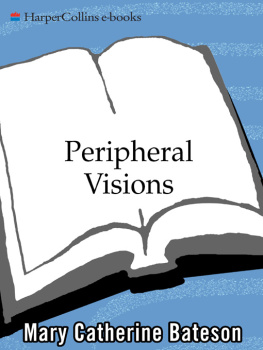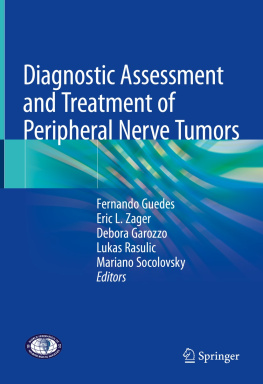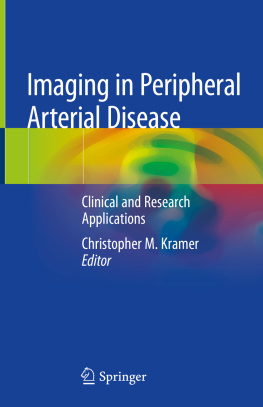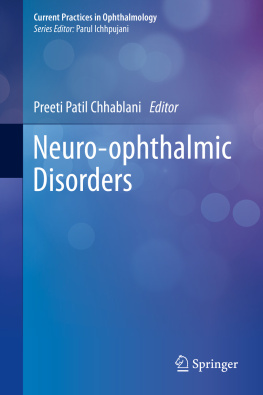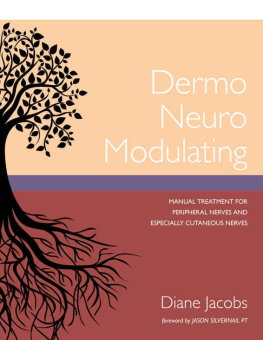An entrapment neuropathy is defined as a pressure-induced injury to a peripheral nerve in a segment of its course due to anatomic structures or pathologic processes [1]. Entrapment neuropathies for many conditions have been known for years. For instance, Paget [2] described entrapment of the ulnar nerve at the elbow in 1864, Learmonth [3] described carpal tunnel syndrome in 1933, tarsal tunnel syndrome [4, 5] was described in 1962, and radial nerve entrapment at the elbow in 1972 [6]. However, these are still often misunderstood, and there are many other poorly recognized or misrecognized peripheral nerve entrapments associated with clinical pain syndromes. Even for the astute clinician, these conditions may be difficult to diagnose without a high clinical index of suspicion. Knowledge of the syndromes and recognition of the patterns and symptoms will help the clinician to make the right diagnosis.
Kopell and Thompson [7] stated that peripheral nerve entrapment occurs at anatomic sites where the nerve changes direction to enter a fibrous or osseofibrous tunnel, or where the nerve passes over a fibrous or muscular band, and that entrapment occurs at these sites because mechanically induced irritation is most likely to occur at these locations. Trauma, such as surgery or constriction, and peripheral swelling, such as seen perimenstrually or with dietary indiscretions, can induce or perpetuate these entrapments, causing direct injury to the nerve or compromising its blood flow. Peripheral nerve injections (peripheral nerve blocks) are interventional pain management techniques used to treat patients with nerve entrapments presenting as a variety of painful conditions. By delivering local anesthetic and deposteroid directly onto the injured nerve, these injections can provide diagnostic as well as therapeutic benefit for patients suffering from pain anywhere from the head to the toes. Recognition of these conditions will lead to quicker diagnosis and treatment as well as decrease the inappropriate use of expensive (and for these conditions, useless) imaging and painful surgeries [8].
Peripheral nerve entrapments can cause a variety of painful conditions as diverse as headache, backache, sciatica, endometriosis, and foot pain. In addition, painful conditions with well-described pathology such as chronic regional pain syndrome (CRPS) or postherpetic neuralgia (PHN) may have a component of nerve entrapment, either as the initiating event (CRPS) or as a consequence of the pathology (PHN).
Nerve entrapments may occur in varying degrees, leading to a variety of clinical presentations. Somatic neuropathic pain originating from these nerves can have multiple etiologies. Nerve injury [2] has been reported from:
Stretching
Blunt trauma
Compression with hypoxia
Fibrosis with entrapment
Suture ligature
The pain will often have a burning, shooting, or lancinating quality. Although initially the pain may be intermittent, the pain will usually become constant and more intense with time. If postsurgical, the pain can occur immediately after surgery, or it may start weeks to years after the surgery, as the scar cicatrix gradually tightens around the nerve. Pain is usually aggravated by activity, menstruation (due to perineural edema, hormone-induced increased neurotransmitters, and dorsal horn transmission cell sensitivity), or activity. Clinical diagnosis is dependent on a high index of suspicion and physical exam, but peripheral nerve blocks that provide complete relief, albeit temporary, are the sine qua non for establishing this diagnosis [9].
The injectate consists of a long-lasting local anesthetic (usually bupivicaine) and a depo-steroid. Because entrapment of the nerve is usually the underlying pathology, care must be used to avoid further entrapment with large volumes of injectate. Methylprednisolone (Depomedrol) may be the steroid of choice, because of its high lipophilic nature (to enter the myelin sheath) and its high concentration (80 mg/cc). Total dose of steroid would normally be limited to 80 mg methylprednisolone (or equivalent), with no more than 40 mg at any one site (less if the skin is thin or the injection superficial, because of the risk of steroid-induced skin atrophy).
In this book, we hope to introduce the clinician to the myriad of pain conditions caused by peripheral nerve entrapment that may be diagnosed and treated with peripheral nerve injections. This book is divided into sections: the first is an overview of the history taking, physical exam, and diagnostic injection techniques. This is followed by sections on headaches, face and neck pain, chest wall pain, upper extremity pain, abdominal pain, low back pain, pelvic pain, and lower extremity pain. Each nerve has its own chapter, and each chapter is designed to stand alone, describing the clinical presentation, the anatomy and entrapment, the physical exam, the injection technique (blind, fluoroscopic, or ultrasound) and then the treatment modalities, such as neurolysis or surgery. The chapter concludes with a review of the literature and references. We have added an index of symptoms to aid the clinician in narrowing down the search for a specific nerve.
There have been many books written on regional anesthesia, and many pain practitioners come from this arena, but we want to emphasize that these entrapments cause pain syndromes, and, unlike regional anesthesia, require low-volume precise injections for diagnosis and treatment.
References
1. Toussaint CP, Perry 3rd EC, Pisansky MT, Anderson DE. Whats new in the diagnosis and treatment of peripheral nerve entrapment neuropathies. Neurol Clin. 2010;28(4):9791004.
2. Paget J. Clinical lecture on some cases of local paralysis. Med Times Gazette, London. 1864;1:331.
3. Learmonth JR. The principle of decompression in the treatment of certain diseases of peripheral nerves. Surg Clin North Am. 1933;13:90513.
4. Keck C. The tarsal-tunnel syndrome. J Bone Joint Surg Am. 1962;44A:1802.
5. Lam SJS. A tarsal-tunnel syndrome. Lancet. 1962;2:13545.
6. Roles NC, Maudsley RH. Radial tunnel syndrome. J Bone Joint Surg Am. 1972;4B:78490.
7. Kopell HP, Thompson WA. Peripheral entrapment neuropathies. Baltimore: Williams and Wilkins; 1976.
8. Bora Jr FW, Osterman AL. Compression neuropathy. Clin Orthop Relat Res. 1982;163:2032.
9. Kline DG, Hudson AR. Nerve injuries: operative results for major nerve injuries, entrapments, and tumors. Philadelphia: W.B. Saunders; 1995.

